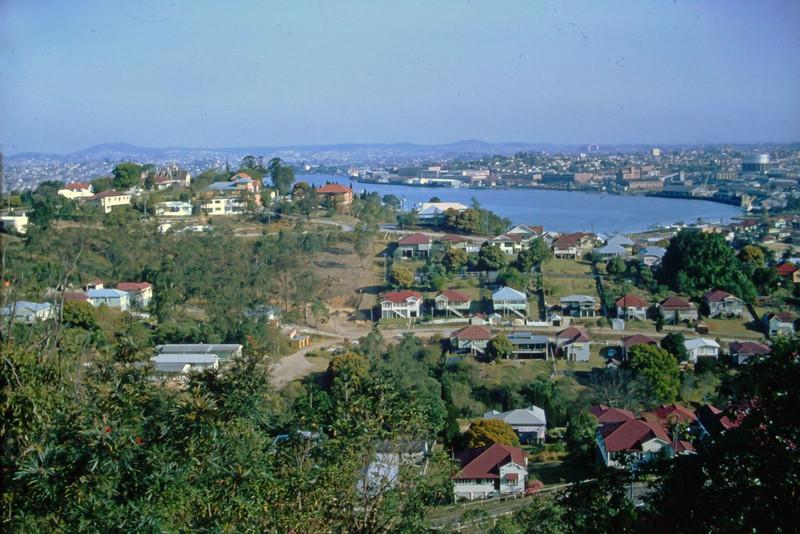As I first began my research for visiting Santorini, one feature sang out to me. It was the fabulous wines of Santorini. Most of us drank some cheap retsina in college. And I had the benefit of learning about Mavrodaphne from my friends at Lola in Seattle. In fact, I have a few bottles of Mavro here at home. But I am learning that Santorini is perhaps one of the best wine growing regions in Greece, and the greater Mediterranean region. Some go so far as to say it is the Greek version of Napa Valley! After all, the Greeks have been making wine here for over 3000 years. Santorini has about forty native varieties of wines. And rather uniquely, the vines lay low to the ground, in round baskets made from the canes, to protect the grapes from high winds. The most popular is Assyrtiko, rich and tasty, used mostly in white wines. Mantilaria is the most popular red wine, though it is also dried and used for sweeter wines. Assyrtiko is also dried to make Vinsanto, a strong sweet wine that is also aged in oak barrels for five years or more. Nykteri is another white wine that is
picked only at night, to avoid oxidation and spoiling. Santo Wines is the largest on the island, actually a cooperative, and located on the rim of the caldera, not far from Fira. Santo also has traditional produce like tomatoes, fava beans and capers. Santo Wines was founded back in 1947, just after the end of WW2. Santo represents all of the cultivators and 1200 active members on the island. The winery itself was created in 1992. Two wine flights are offered, a six and a twelve! And the necessary wine tours, large wine shop, and cafe. Best of all, it is only 4km from Fira. I can even get UPS home delivery!! But several people, from doormen to restaurant owners, tell me that Domaine Sigales is THE place for wine. I will find out, I guarantee. So far, the wine here has been a big disappointment. And the best beer going is probably a Heineken. From Winespeed:
The vines on the volcanic Greek island of Santorini are trained into kouloura (wreaths or baskets) to protect the grapes from fierce winds and unrelenting sun (the grapes hang inside the baskets). The vines grow, wound into bigger and bigger baskets,
for an average of 80 years, whereupon the vine is revitalized by decapitating it just above the ground. When dormant buds begin to grow from the roots, a whole new top begins. A vine may be revitalized up to 5 times in its life. Thats 5 x 80 years, or a root system thats at least 400 years old. Eleni—thank you! We should have noted this in our piece.
Final thought: after Eleni wrote in, I began to wonder if a root system (as opposed to the whole vine) qualified as an old vine. I asked Dr. Carole Meredith, Professor Emerita, Department of Viticulture and Enology, University of California at Davis. Said Dr. Meredith, My own opinion with regard to the Santorini vines is that, assuming the vines are on their own roots (as I believe the Santorini vines are) and not grafted to a rootstock, I would consider these old vines. The fact that the portion is every few decades is no different than for any other old vine that is pruned every year. The shoots are always going to be young on any grapevine. So there we have it.
I visited three wineries yesterday. Maybe one wine caught my palate. It was an Assyrtiko from Estate Argyros, the third winery I visited. But I am glad I tried, I gave their wines a fair shake, or sip, as the case may be.
The wines here are different due to the volcanic soils and pumice. I will try not about California wines again!









